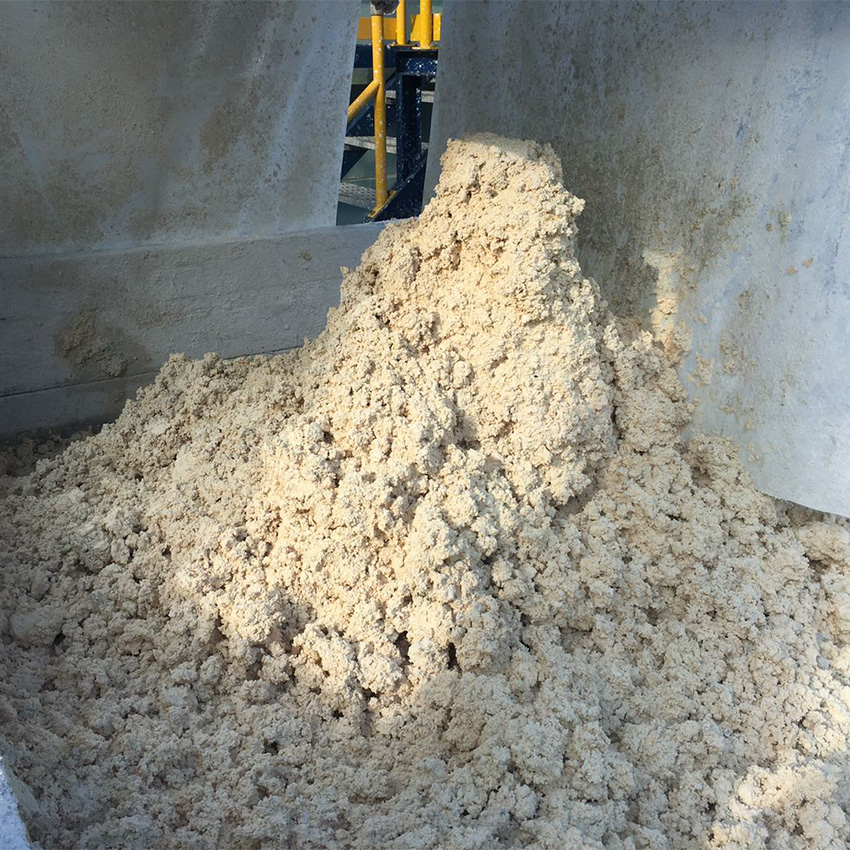Views: 0 Author: Site Editor Publish Time: 2024-04-15 Origin: Site








 |  |
Wastewater treatment centrifuges are a key equipment in the wastewater treatment process, playing a crucial role in environmental protection and health maintenance. Imagine, if there were no centrifuges to separate impurities and solid particles from wastewater, a series of disastrous situations would occur.
Firstly, without centrifuges, solid particles in wastewater would accumulate in sewage pipes and treatment equipment. This would lead to pipe blockages, affecting the normal flow of wastewater and even causing the entire treatment system to fail. Additionally, solid particles may also sediment in wastewater storage tanks or bodies of water, polluting the surrounding environment.
Secondly, without centrifuges, harmful substances and microorganisms in wastewater cannot be effectively removed. These substances and microorganisms can have severe impacts on human health by causing the spread of diseases and environmental contamination. The use of centrifuges can efficiently separate these harmful substances and microorganisms, improving the effectiveness of wastewater treatment and ensuring water quality safety.
Moreover, wastewater treatment centrifuges can also reduce energy and chemical consumption during the treatment process. By separating solid particles from wastewater, the demand for energy and chemicals in subsequent treatment stages is reduced, lowering operational costs and minimizing environmental impact.
When it comes to solutions for wastewater treatment centrifuges, there are several options to consider. Here are some common solutions:
1. High-speed solid-liquid separation centrifuge: This type is suitable for treating wastewater with a high concentration of suspended solids. It rapidly separates solid particles from the liquid through high-speed rotation, effectively removing the suspended matter. It is particularly useful for treating industrial wastewater, such as from steel mills, pulp and paper mills, and more.
2. Low-speed solid-liquid separation centrifuge: This type is suitable for relatively clean wastewater, such as municipal wastewater or mild industrial wastewater. It operates at lower speeds, providing a gentler separation effect and effectively removing fine suspended solids and sediments.
3. Sludge dewatering centrifuge: Specifically designed for wastewater containing a significant amount of sludge. Sludge is often a byproduct of the wastewater treatment process, and a sludge dewatering centrifuge separates the water content from the sludge, reducing its volume and weight. This centrifuge is commonly used in wastewater treatment plants and sludge handling facilities.
4. Small-scale residential wastewater treatment centrifuge: Provides a solution for individual residences or small-scale wastewater treatment projects. These centrifuges are usually compact in design and can effectively treat household wastewater, removing suspended matter and pollutants to ensure environmentally compliant discharge.
In addition to the mentioned solutions, there are other types and models of centrifuges available in the market, catering to different treatment needs and application scenarios. When choosing an appropriate wastewater treatment centrifuge, factors such as wastewater characteristics, treatment capacity, operating mode, and operational requirements should be considered to ensure the selection of the most suitable solution.
